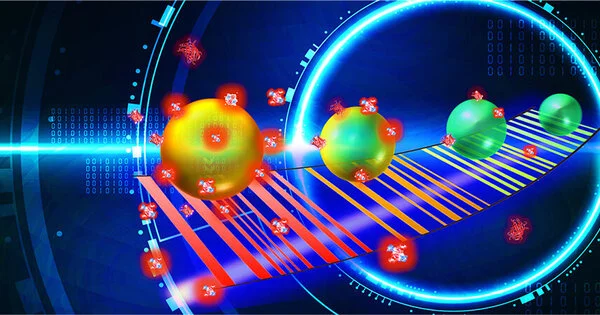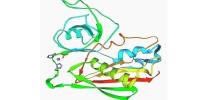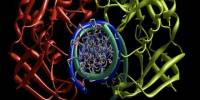A biointerface is an interface or border between biological and non-biological materials or systems. It is the point at which a biomolecule, cell, biological tissue, live organism, or organic material deemed life comes into touch with another biomaterial or inorganic/organic material. It can refer to a variety of circumstances in which biological elements, such as cells, tissues, or organisms, interact with synthetic materials, technology, or other biological systems.
Biointerfaces play an important role in domains such as biology, biotechnology, and bioengineering. The impetus for biointerface research derives from the critical need to better understand interactions between biomolecules and surfaces. Biology, biotechnology, diagnostics, and medicine all rely on the behavior of complex macromolecular systems at material interfaces.
Some examples of biointerfaces include:
- Biomaterial Interfaces: These involve the interaction of synthetic materials (for example, polymers, metals, and ceramics) with biological tissues. Biocompatible materials, for example, are intended to establish acceptable interfaces for implants, tissue engineering, and medical equipment.
- Cell-Material Interfaces: Cells are frequently cultivated on diverse surfaces in cell culture and tissue engineering, and the interface between cells and these surfaces is an important biointerface. This technique can be used to investigate cell activity, tissue creation, and drug testing.
- Biosensors: Biosensors are devices that detect biological molecules (e.g., proteins, DNA) and frequently involve biological molecules interacting with a transducer surface to produce a biointerface. These are utilized in a variety of applications, such as medical diagnostics and environmental monitoring.
- Drug Delivery: A biointerface is the interface between drug delivery devices and biological tissues. This field of study is concerned with designing efficient and targeted medication delivery systems in order to reduce side effects and increase therapeutic outcomes.
- Prosthetic Interfaces: Prosthetic equipment, such as artificial limbs, require interfaces with the remaining biological tissues in order to work efficiently and offer the wearer with comfort and mobility.
Biointerface science is a multidisciplinary field in which biochemists who synthesize novel classes of biomolecules (peptide nucleic acids, peptidomimetics, aptamers, ribozymes, and engineered proteins) cooperate with scientists who have developed the tools to position biomolecules with molecular precision (proximal probe methods, nano-and micro contact methods, e-beam and X-ray lithography, and bottom-up self-assembly methods), scientists who have developed new spectroscopic techniques to interrogate these molecules at the solid-liquid interface, and people who integrate these into functional devices (applied physicists, analytical chemists, and bioengineers).
Well-designed biointerfaces would allow desirable interactions by creating optimum surfaces on which biological matter can interact with other inorganic or organic materials, for example, by enhancing cell and tissue adherence onto a surface.
















